John Phipps in The Economist:
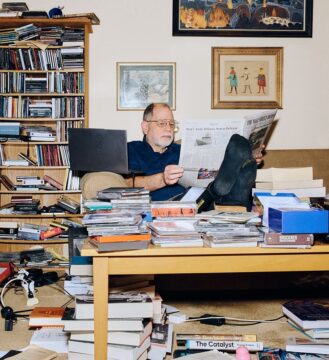 At the end of the worst road on the impoverished Honduran island of Roatán lies Próspera, an aspiring libertarian city-state “designed for entrepreneurs to build better”. Last January Tyler Cowen, an economist at George Mason University in Virginia, found himself being ushered into an open-air co-working space beneath the attractive tropical chalet that serves as the city’s headquarters. A few digital nomads stood up to greet him, smoothing down their shorts. One of them began telling Cowen about the regulatory system in Próspera, which is partly autonomous from the Honduran government. Cowen listened politely, then looked out to where two brown birds were hovering above the shoreline. He asked what vultures were called on Roatán. Someone told him. “You use the Nahuatl word,” he replied admiringly.
At the end of the worst road on the impoverished Honduran island of Roatán lies Próspera, an aspiring libertarian city-state “designed for entrepreneurs to build better”. Last January Tyler Cowen, an economist at George Mason University in Virginia, found himself being ushered into an open-air co-working space beneath the attractive tropical chalet that serves as the city’s headquarters. A few digital nomads stood up to greet him, smoothing down their shorts. One of them began telling Cowen about the regulatory system in Próspera, which is partly autonomous from the Honduran government. Cowen listened politely, then looked out to where two brown birds were hovering above the shoreline. He asked what vultures were called on Roatán. Someone told him. “You use the Nahuatl word,” he replied admiringly.
Dressed in the same tatty blue jeans he’d been wearing all week, his libertarian beard trimmed to a grey muzzle, the 61-year-old appeared before these tanned utopians as a bright star in their intellectual firmament. Cowen’s blog, Marginal Revolution, is namechecked by billionaires; his books are sold in airports and read in Washington. His grant programmes have been backed by Elon Musk, Mark Zuckerberg and Peter Thiel.
Whether they know it or not, many tech gurus now subscribe to an economic analysis that Cowen first proposed in the 2010s, when he argued that technology could rescue America from a “great stagnation” that had been keeping its growth rates depressed for almost half a century. It was this argument, amplified by his relentless publication schedule, that helped find Cowen an audience in Silicon Valley and its downstream subcultures. Today, his readers are DOGE staffers.
Yet among acolytes, Cowen is famous not for a single theory but for the broad scope of his intellect. Put simply, he seems to know something about everything: machine learning, Icelandic sagas and where to eat in Bergen, Norway.
More here.
Enjoying the content on 3QD? Help keep us going by donating now.

 A
A He began studying
He began studying  Reality can sometimes seem even stranger than fiction, and the second Trump administration has done what many people supposed to be six impossible things within the first month of its tenure. The upshot is that we are now living in a post-NATO world where black is white, up is down, friends are foes (and vice versa), and once-unthinkable impossibilities have become our new reality.
Reality can sometimes seem even stranger than fiction, and the second Trump administration has done what many people supposed to be six impossible things within the first month of its tenure. The upshot is that we are now living in a post-NATO world where black is white, up is down, friends are foes (and vice versa), and once-unthinkable impossibilities have become our new reality. When people ask me, “How are Canadians different from Americans?” I say, “Canadians have one characteristic: they’re polite, but wrong.” All the time, polite but wrong.
When people ask me, “How are Canadians different from Americans?” I say, “Canadians have one characteristic: they’re polite, but wrong.” All the time, polite but wrong.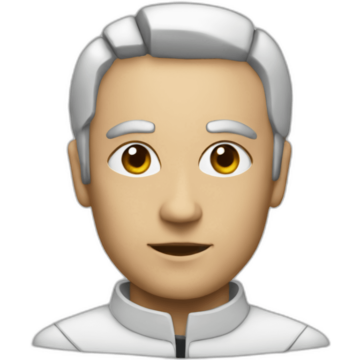 For the last couple of months, I have had this strange experience: Person after person — from artificial intelligence labs, from government — has been coming to me saying: It’s really about to happen. We’re about to get to
For the last couple of months, I have had this strange experience: Person after person — from artificial intelligence labs, from government — has been coming to me saying: It’s really about to happen. We’re about to get to  Michel de Montaigne is often upheld as a model of the examined life. In her introduction to What Do I Know? (the latest selection of Montaigne’s essays, translated by David Coward and published in 2023 by Pushkin Press), Yiyun Li writes: “For me, his writing serves as a reminder, a prompt, even, a mandate: a regular meditation on selfhood, like daily yoga, is a healthy habit.” And in M.A. Screech’s introduction to his translation of the Essays, he describes it as “one of Europe’s great bedside books.” Alain de Botton likewise included Montaigne in his book The Consolations of Philosophy as a helpful guide for thinking about the problem of self-esteem, and in his book The School of Life, he writes that the Essays “amounted to a practical compendium of advice on helping us to know our fickle minds, find purpose, connect meaningfully with others and achieve intervals of composure and acceptance.”
Michel de Montaigne is often upheld as a model of the examined life. In her introduction to What Do I Know? (the latest selection of Montaigne’s essays, translated by David Coward and published in 2023 by Pushkin Press), Yiyun Li writes: “For me, his writing serves as a reminder, a prompt, even, a mandate: a regular meditation on selfhood, like daily yoga, is a healthy habit.” And in M.A. Screech’s introduction to his translation of the Essays, he describes it as “one of Europe’s great bedside books.” Alain de Botton likewise included Montaigne in his book The Consolations of Philosophy as a helpful guide for thinking about the problem of self-esteem, and in his book The School of Life, he writes that the Essays “amounted to a practical compendium of advice on helping us to know our fickle minds, find purpose, connect meaningfully with others and achieve intervals of composure and acceptance.” Mother Nature is perhaps the most powerful generative “intelligence.” With just four genetic letters—A, T, C, and G—she has crafted the dazzling variety of life on Earth.
Mother Nature is perhaps the most powerful generative “intelligence.” With just four genetic letters—A, T, C, and G—she has crafted the dazzling variety of life on Earth.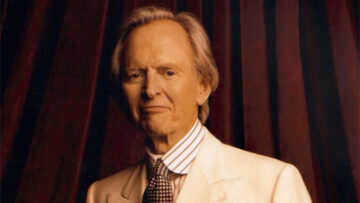 Tom Wolfe’s books are being
Tom Wolfe’s books are being 
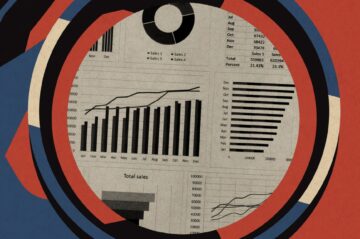 The publication process in social science is broken. Articles in prestigious journals use flawed data, employ questionable research practices, and reach illogical conclusions. Sometimes doubts over research become public, such as in the
The publication process in social science is broken. Articles in prestigious journals use flawed data, employ questionable research practices, and reach illogical conclusions. Sometimes doubts over research become public, such as in the  DON DIEGO DE ZAMA works as a counselor for the provincial Gobernador, but what this post entails is difficult to discern, because he takes great pains to do anything and everything but his job. Instead of performing his duties, he seethes, nurses grudges, squanders his money, erupts into paroxysms of rage, and lusts after women he does not succeed in courting. Occasionally, he performs the odd bureaucratic task or half-heartedly meets with a petitioner, but his true vocation is resentment. He is an Americano—a white man and an officer of the Spanish crown who was born in Latin America, for which reason he cannot aspire to the promotions or privileges afforded his Spanish-born colleagues. At most, he can hope for a transfer to a more central Latin American city and a reunion with his wife and sons, who remain in a distant part of the viceroyalty. In the meantime, he victimizes his mixed-race and Indigenous subordinates, loses his temper, and waits. “My career was stagnating in a post that was, it had been implied from the start, only a stopgap appointment,” he groans. In the first scene of the book, he spots a monkey corpse floating in the water by the docks without drifting further down the river and immediately identifies himself with it: “There we were: ready to go and not going.”
DON DIEGO DE ZAMA works as a counselor for the provincial Gobernador, but what this post entails is difficult to discern, because he takes great pains to do anything and everything but his job. Instead of performing his duties, he seethes, nurses grudges, squanders his money, erupts into paroxysms of rage, and lusts after women he does not succeed in courting. Occasionally, he performs the odd bureaucratic task or half-heartedly meets with a petitioner, but his true vocation is resentment. He is an Americano—a white man and an officer of the Spanish crown who was born in Latin America, for which reason he cannot aspire to the promotions or privileges afforded his Spanish-born colleagues. At most, he can hope for a transfer to a more central Latin American city and a reunion with his wife and sons, who remain in a distant part of the viceroyalty. In the meantime, he victimizes his mixed-race and Indigenous subordinates, loses his temper, and waits. “My career was stagnating in a post that was, it had been implied from the start, only a stopgap appointment,” he groans. In the first scene of the book, he spots a monkey corpse floating in the water by the docks without drifting further down the river and immediately identifies himself with it: “There we were: ready to go and not going.” I
I THE YEAR IS 2008. David Foster Wallace has just died by suicide and every Spanish-language writer is rushing to their blog to post a heartfelt obituary for their favorite North American novelist.
THE YEAR IS 2008. David Foster Wallace has just died by suicide and every Spanish-language writer is rushing to their blog to post a heartfelt obituary for their favorite North American novelist. 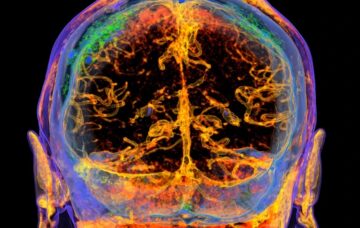 A slimy barrier lining
A slimy barrier lining